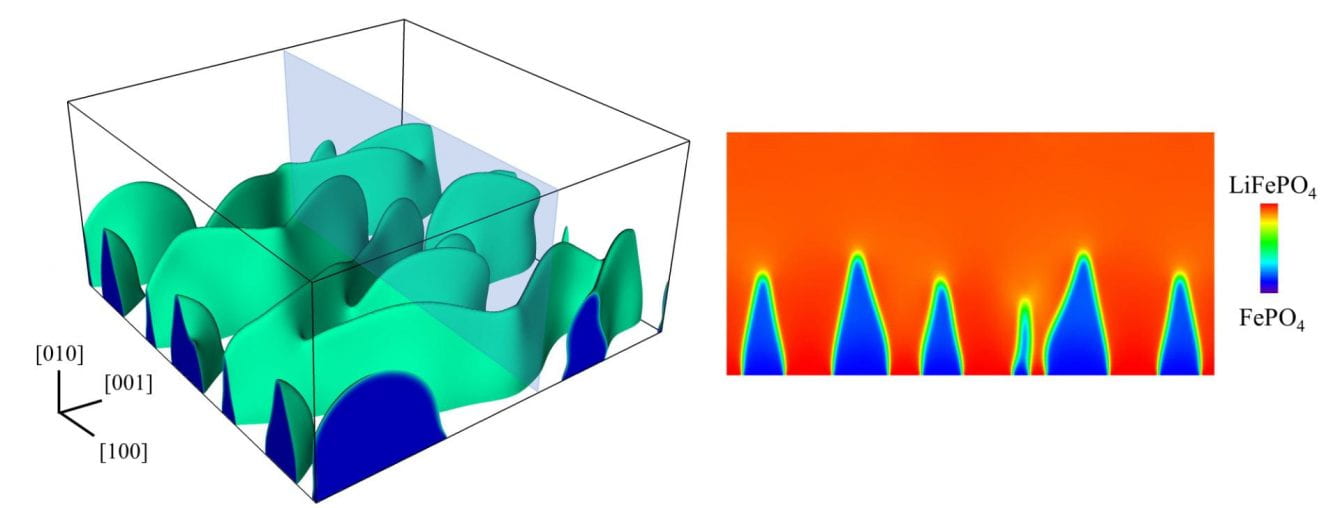Understanding the role of stress in initiating lithium dendrite growth
A work we collaborated with Dr. Hanqing Jiang at Arizona State University just appeared in Nature Energy: https://www.nature.com/articles/s41560-018-0104-5 Good work, Liang and Fan!
Replacing graphite anode in current Li-ion batteries with lithium metal would boost energy density dramatically, but dendrite growth on Li surface during cycling is still a big problem. With our ASU collaborators, we made a fundamental discovery that electroplating induced stress in Li plays an enabling role in triggering dendrite growth. Hanqing’s group designed very cool experiments to show compress residual stress will accumulate in Li deposits during charging, and relieving the stress also eliminates dendrite growth. We proposed a stress-driven dendrite growth mechanism based on their observations. The phenomenon is actually quite similar to the well-known tin whisker growth phenomenon, but we’re perhaps the first to show their close analogy. This new understanding suggests stress relief could be an important component of an eventual winning solution to the Li dendrite problem. As a proof to that, Hanqing’s group developed a creative 3D soft substrate current collector for Li deposition. It shows very impressive cycling performance. Even better, it’s made from sugar! Take a read at this very nice piece written by Mike Williams, our senior media relation specialist at Rice: http://news.rice.edu/2018/03/08/sweet-relief-for-lithium-batteries-dendrite-problem-2/
